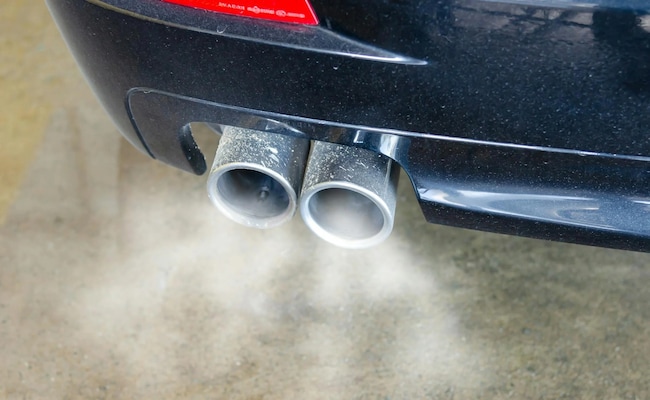Our Terms & Conditions | Our Privacy Policy
GRAP 4 In Delhi NCR; Can You Drive Your Car? What’s Allowed And What’s Not
Here’s a quick lowdown on GRAP 4 which is now enforced in Delhi NCR
Delhi-NCR has a “severe” AQI level due to air pollution. To mitigate further deterioration of the air quality, authorities have implemented the GRAP (Graded Response Action Plan) Stage 4 anti-pollution measures in the national capital region. While multiple factors contribute to air pollution, the implementation of GRAP is expected to curb high levels of pollution by stopping the operations of older vehicles. Here we have chalked out the details of the vehicles restricted to ply on Delhi roads.
Vehicles Banned Under GRAP Stage 4
Commercial Vehicles – under the restrictions, diesel-run medium and heavy goods vehicles registered in Delhi which are BS-IV compliant or below are not allowed to operate. However, the authorities have made an exception for vehicles carrying essential goods.
Interstate Vehicle – Trucks carrying non-essential goods are not permitted to enter Delhi unless they have an electric, LNG, or CNG powertrain. Vehicles powered by diesel have to be BS-VI compliant to enter the national capital. Similarly, light commercial vehicles carrying non-essential goods are prohibited from entering Delhi unless they operate on cleaner fuel or have BS-VI compliance.
Private Cars – The implementation of GRAP Stage 4 also restricts the movements of BSIII Petrol and BSIV diesel vehicles on Delhi roads.
How To Check BS Compliance Level Of Your Car?
Bharat Stage or BS compliance is used to determine the amount of air pollutants that can be emitted by vehicles operating on internal combustion. The different levels of compliance ensure that the various vehicles follow the emission standards set by the Government of India. If you do not know the compliance level of your vehicle, here are a few ways to tell if your vehicle is covered under GRAP III.
Registration Certificate (RC) – The registration certificate or RC of the vehicle has the emission standard listed on it.
Owner’s Manual – One can also refer to the owner’s manual to determine the BS compliance level of the vehicle, which has all the specifications of the vehicle.
Pollution Certificate – One can also refer to the Pollution Under Control (PUC) certificate to check the emission standard of the vehicle.
Manufacturing Year – The vehicle owners can also check the compliant stage by manufacturing year. The vehicles manufactured in 2000 are BSI compliant, vehicles manufactured between 2001-2005 are BSII compliant, those manufactured from 2005-2010 are BSIV compliant, and the vehicles manufactured between 2010-2020 are BSVI compliant.
Images are for reference only.Images and contents gathered automatic from google or 3rd party sources.All rights on the images and contents are with their legal original owners.



Comments are closed.